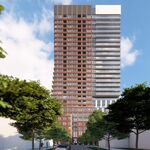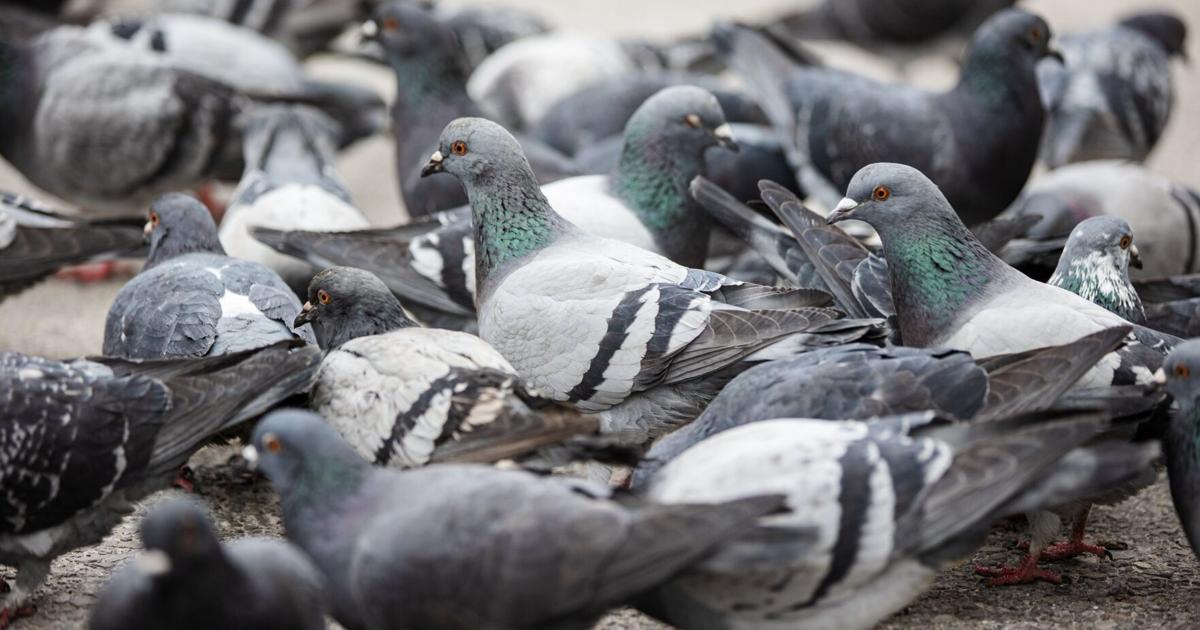SubHuman
Active Member
Metal poles with a wobbling baffle (or greasing the pole, according to this guy, though I've read that the grease dries up or gets washed away by rain) are apparently much better than wooden fence posts or trees for preventing squirrels and raccoons from reaching the eggs or nestlings (warning: link goes to video some may find upsetting). To be effective, the boxes also need to be monitored and cleaned out to prevent mice or insect infestation, and House Sparrow occupation. I think they would be mostly useless in the GTA, with so many House Sparrows around that would enter the nest boxes and peck the eggs.... occasionally see nesting boxes on fence posts along rural roads. I wasn't aware of the House Sparrow problem.
Last edited:





